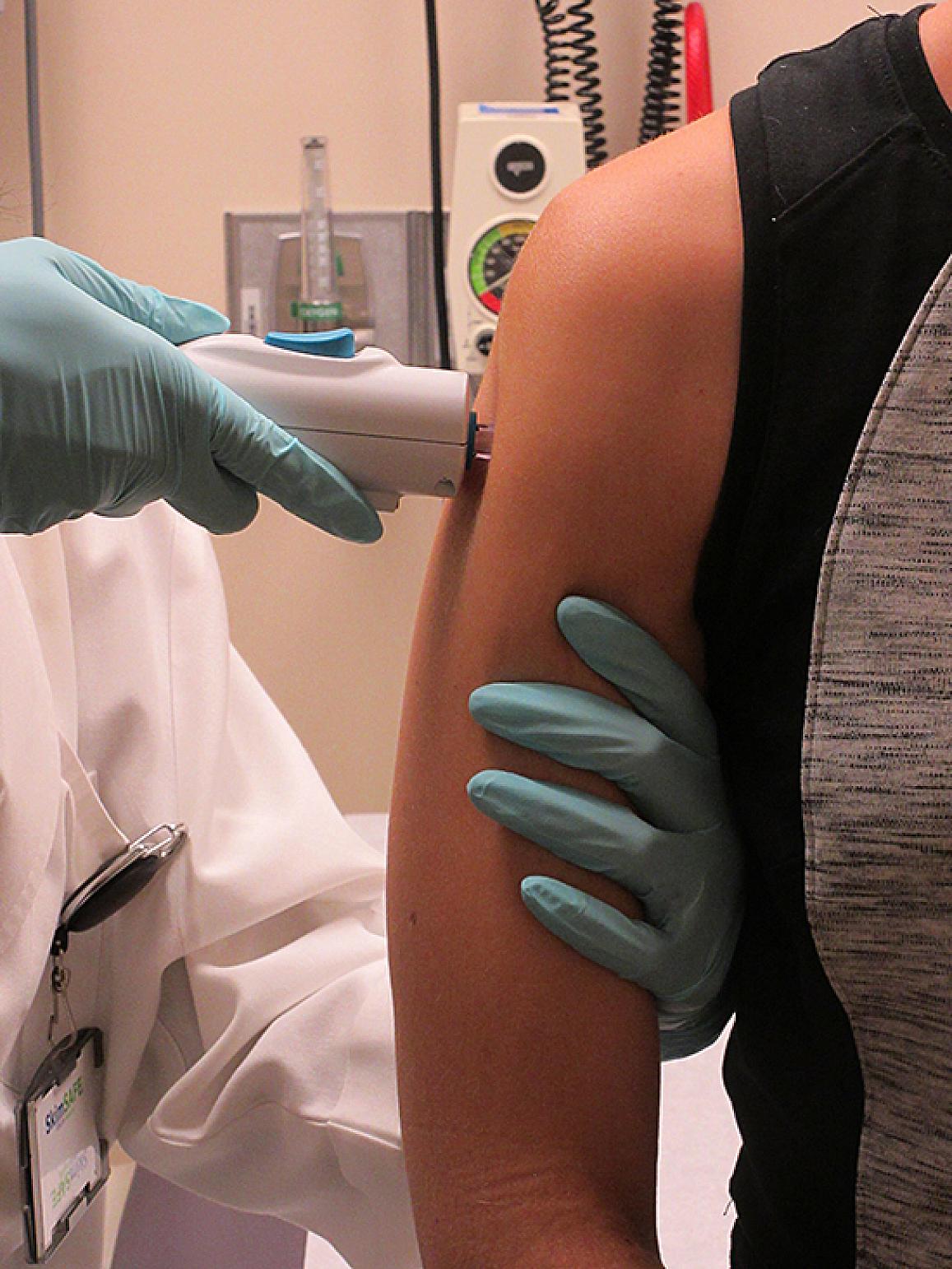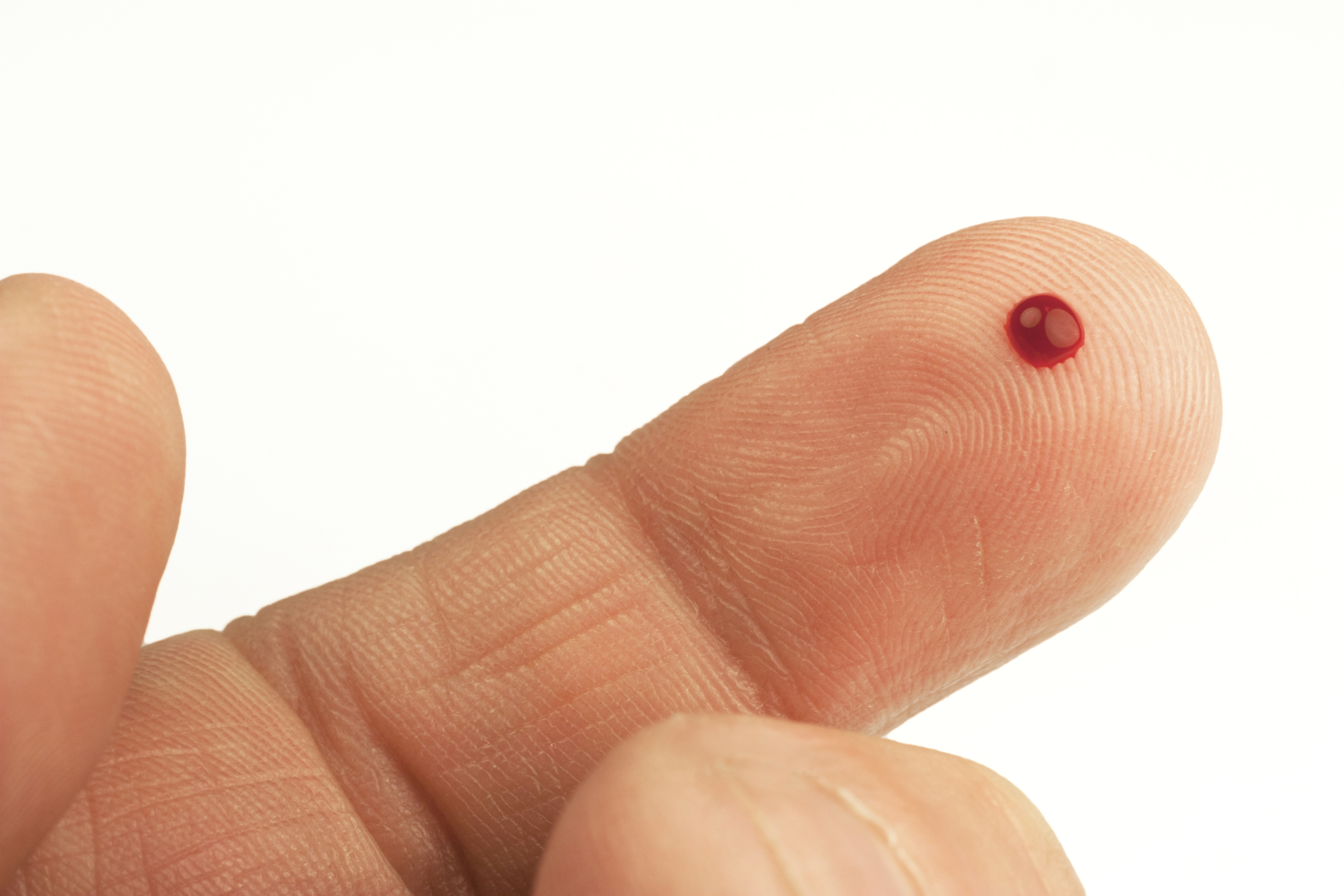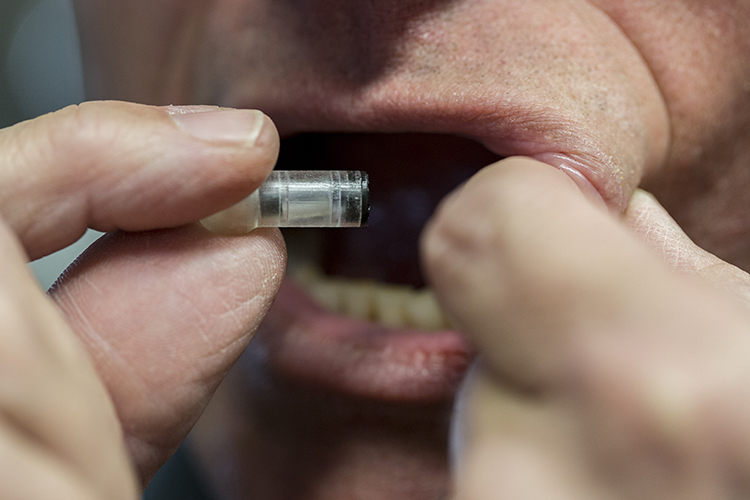Verily, the life sciences arm of Google parent company Alphabet, is reportedly developing a wearable blood collection device with retractable microneedles and magnetic components to make blood samples more efficient and less painful. The blood collection device has already been tested in the form of a watch to make it more convenient for patients requiring frequent monitoring to get blood drawn.
While Verily has been working on the project for years, the CNBC article notes that the there’s still a long road ahead for the life sciences company before such a device could be launched on the market. Technical challenges, including ensuring that the needles are released and retracted when needed, and scientific problems, such as maintaining the integrity of the collected blood sample and even performing analysis, are just some of the hurdles Verily will face.
Even if the company’s prototype is improved upon, the regulatory issues would present another challenge as no such wearable blood collection device has ever been approved by the FDA. Still, the challenges of innovation have never intimidated Verily before now; the life sciences company is also developing a glucose-monitoring contact lens with Novartis’ Alcon, among other ambitious projects.
According to the sources, a number of potential uses for the blood collection device are currently being explored by the Verily team. Perhaps the device’s biggest area of potential would be in patient monitoring in clinical trials where blood biomarkers could be tracked as an additional source of data.
However, the wearable device could also fill a much more basic need in healthcare. Verily’s blood collection device could hypothetically replace many traditional blood draws which can be disruptive for patients whose samples need to be tested every few hours.
Microneedle and needle-free technologies are currently being explored by many medical device companies, often as a way to improve drug delivery and patient adherence to their medication. Researchers at Georgia Institute of Technology and Emory University, among others, have been exploring the potential of dissolvable, microneedle skin patches to deliver flu vaccinations.
Portal Instruments has developed a needle-free injection technology that is faster and less painful than traditional needle-based administration of drugs and vaccines. Researchers at UC Berkeley have taken a different approach to needle-free administration through the use of a device which shoots a pressurized stream of liquid into the buccal area of the inside of the cheek.
But perhaps the holy grail of needle-free technology lies in the ability to make biologic and biosimilar drugs – which are traditionally injected – into oral versions. One company, Rani Therapeutics, believes they have developed an oral drug delivery platform which protects biologic drugs from the low pH environment of the stomach, allowing the active ingredient to be injected into the lining of the intestine and absorbed by the body.












Join or login to leave a comment
JOIN LOGIN